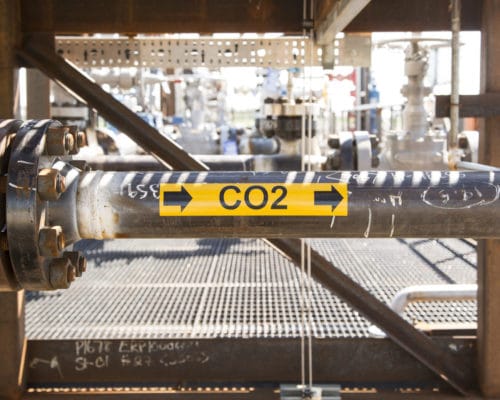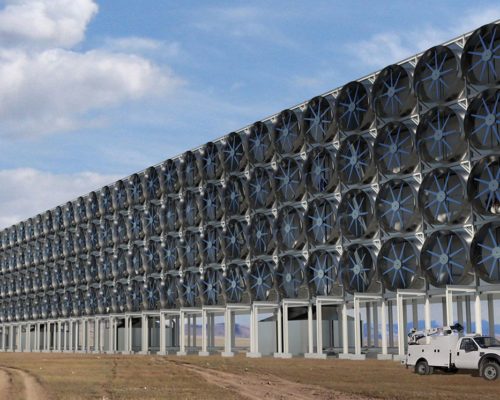How Iceland is Capturing and Storing Carbon Forever
10 June 2022 – by Eric Koons Comments (0)
With a swift global transition towards a low-carbon economic structure underway, new technologies like carbon capture are emerging. Iceland’s carbon capture project is an example that highlights the potential benefits. Carbon capture is part of a three-stage carbon removal and storage system that theoretically captures more than 90% of carbon emissions from power plants or industrial facilities. The system then stores them in storage deep underground underground or uses them as a manufacturing resource.
Removing Carbon Dioxide and Greenhouse Gas Emissions
In its latest report, the Intergovernmental Panel on Climate Change (IPCC) explains that in addition to rapid decarbonisation by 2030, we need additional steps to remove carbon dioxide and greenhouse gas emissions from the atmosphere. Carbon capture technology is one of the solutions.

Iceland’s Carbon Capture Project – Climeworks Direct Air Capture
Climeworks’ Direct Air Capture (DAC) system in Iceland is the first major carbon capture project to be developed independently from industrial usage. It is a standalone system that directly removes CO2 from the atmosphere. It is regarded as the world’s largest operational system for carbon capture and storage.
Natural Carbon Sinks
Sometimes described as a nature-based solution, capturing the carbon takes its core mechanisms from natural carbon sinks. This idea came about because these carbon sinks remove large amounts of CO2 and store them within the ecosystems.
Tropical rainforests and mangrove forests are some of the most efficient carbon sinks on the planet. Alternatively, the ocean and mycorrhizal networks also play a significant role in naturally removing carbon dioxide. However, human development and fossil fuel companies have made these natural carbon sinks inefficient. Rainforests and mangroves have been cleared for agriculture, lumber and urban expansion. This is an issue that also plagues mycorrhizal networks. Also, the ocean is reaching a point where its high-carbon concentration is creating toxic conditions for marine ecosystems.
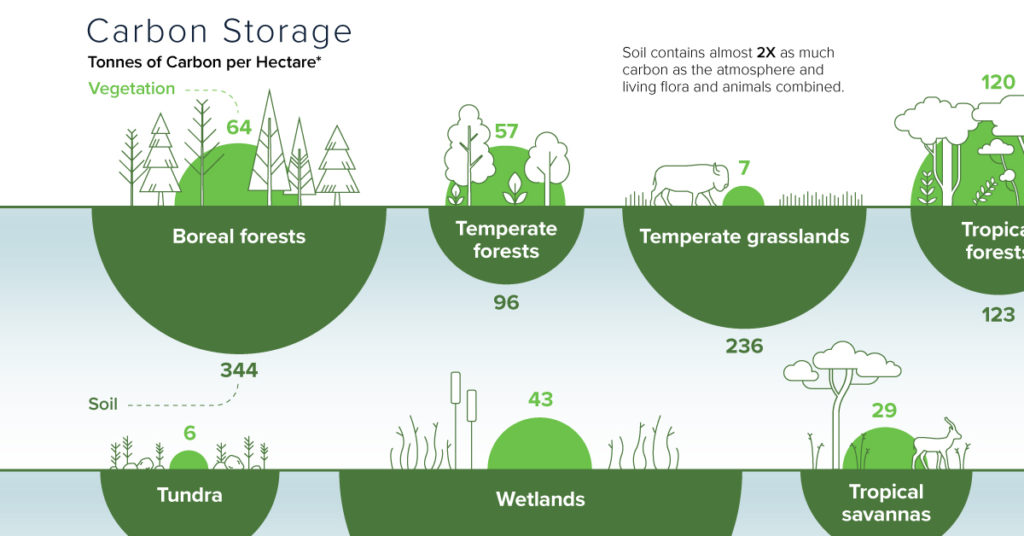
With emissions still rapidly rising and environmental degradation still accruing, there is a need to bolster natural carbon sinks through anthropogenic means.
Climeworks’ Iceland Orca Carbon Capture Facility
Carbon capture technology works with the same principle as natural processes. When attached to an industrial setting, it absorbs emissions produced during or after processing.
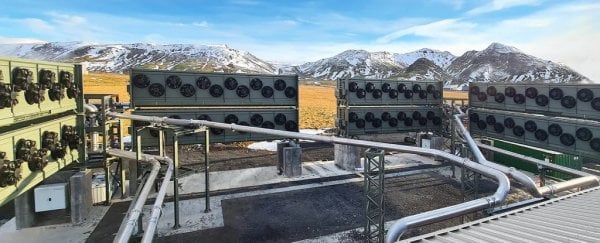
The Climeworks Orca carbon capture project differs in that it works independently from industrial action. It absorbs carbon directly from the atmosphere, much like a natural carbon sink. After being taken from the atmosphere, the CO2 is mixed with water and pumped underground, where it turns into stone.
Additionally, renewable energy powers Climeworks’ DAC system entirely. This makes it a truly unique programme that could be a blueprint for other carbon capture projects.
Pros and Cons of the Orca Plant
While the Climeworks’ DAC system is a great idea, in reality, it’s only one small facility that is removing a fraction of global carbon dioxide. Estimates show that by 2050, we will need to remove close to 1 billion tonnes of CO2 from the atmosphere per year. However, the Orca facility can currently remove only 4,000 tonnes annually. It is just a drop in the bucket compared to what is needed to combat the larger issue of climate change. However, according to the US Environmental Protection Agency, it is equivalent to the carbon emissions from 870 cars, which is still a remarkable feat.
Additionally, to meet this 2050 target, we will need a massive number of DAC facilities. But currently, the costs for DAC are prohibitively expensive. It costs USD 600 to USD 800 to remove a metric tonne of carbon. Climeworks estimates that costs will need to drop between USD 100 and USD 150 before the business is sustainable without government subsidies.
All negatives aside, the Iceland carbon capture facility shows that DAC is possible, and the technology is still in its infancy. Over time, efficiency should increase, and the price will drop. This is the path that both solar and wind have followed. They went from being prohibitively expensive to cost-competitive with fossil fuels in the span of 20 years.
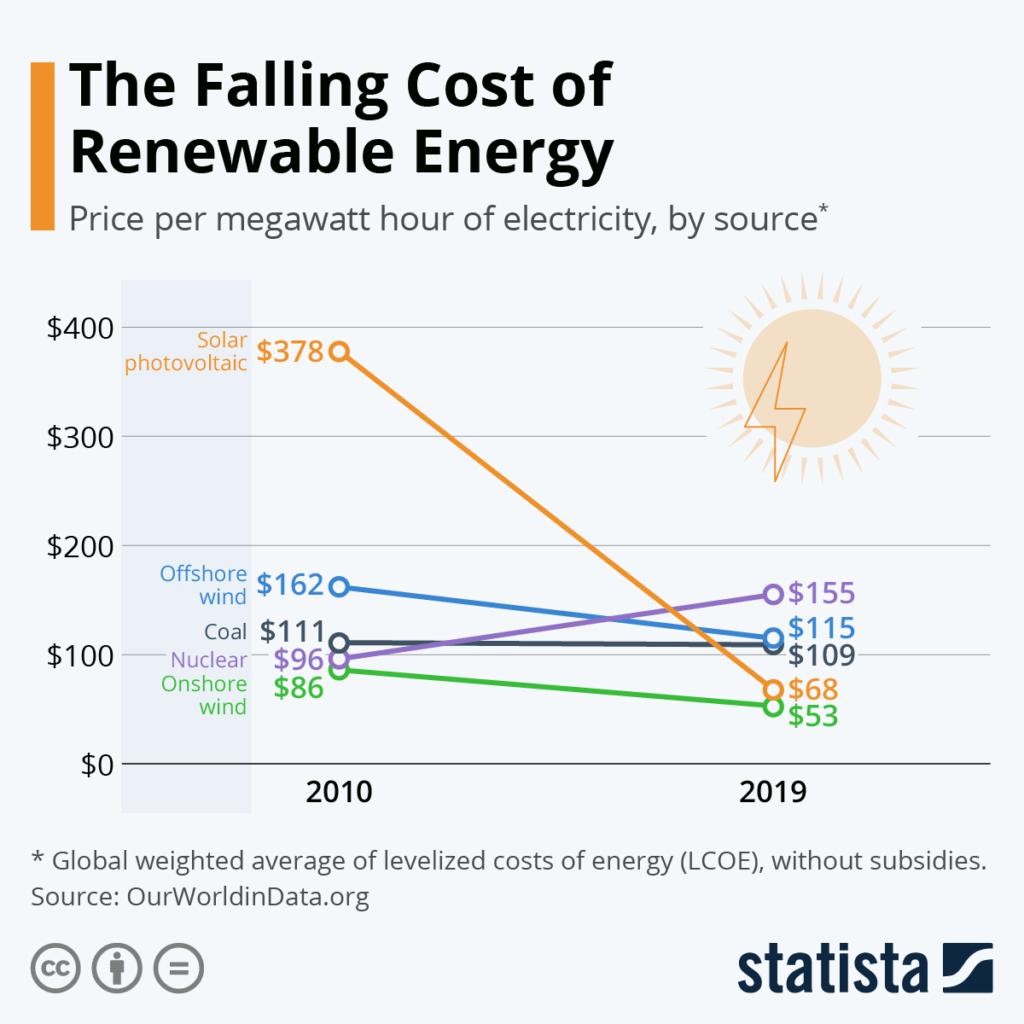
The Future Role of Direct Air Carbon Dioxide Capture
Providing an alternative to industrial carbon capture is a major stepping stone towards improving global carbon absorption and mitigating climate change issues. The technology and plan put forward by Climeworks highlight how such a process of capturing carbon can be used in tandem with renewable energy and innovative technologies. The flexibility and versatility of DAC technology ensure that it will work with current policies and adapt to meet the changing regulatory landscape.
If governments provide widespread subsidies, it could help mobilise DAC systems in the near future. This will initiate the start of CO2 removal and buy time for DAC technology to improve.
Building a Better Future – Harnessing Carbon Capture and Storage
Carbon capture projects are key infrastructure additions in the global push towards reaching net-zero. Several active and planned projects around the world are setting the tone for global emissions-reduction projects. The Iceland carbon capture program has already made several breakthroughs that are capable of unlocking global challenges.
However, investments in the related infrastructure are necessary for carbon capture to work. Additionally, this requires significant government support through direct funding and subsidies. To reach the global target of limiting global warming to 1.5 degrees, there must be a fast reduction in carbon emissions. This means committing to decisive climate action and working towards removing carbon from the atmosphere.
by Eric Koons
Eric is a passionate environmental advocate that believes renewable energy is a key piece in meeting the world’s growing energy demands. He received an environmental science degree from the University of California and has worked to promote environmentally and socially sustainable practices since. Eric’s expertise extends across the environmental field, yet he maintains a strong focus on renewable energy. His work has been featured by leading environmental organizations, such as World Resources Institute and Hitachi ABB Power Grids.
Read more